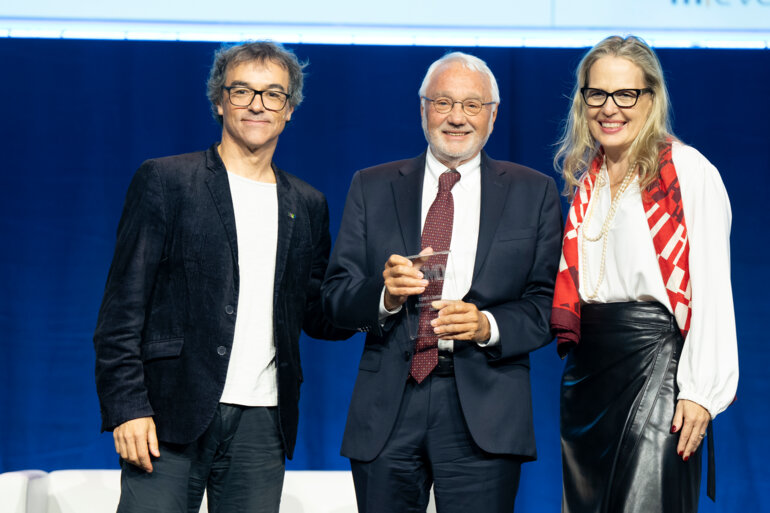In the MARIPOSA study, a significant improvement in progression-free survival was reported in a subgroup with poor prognostic factors
Results from a secondary analysis of the phase III MARIPOSA study provides further confirmation of the promising role of the EGFR-MET bispecific antibody, amivantamab, as first-line treatment for patients with EGFR-mutant advanced non-small cell lung cancer (NSCLC), including those with high-risk features which are commonly associated to a poor prognosis. As reported in the Annals of Oncology, the combination of amivantamab and lazertinib, a brain-penetrant irreversible third-generation EGFR TKI, lead to a significant improvement in progression-free survival (PFS) in patients with detectable ctDNA, TP53 co-mutations, or metastases in the liver or brain, compared to osimertinib (HR 0.72; 95% CI 0.58-0.90; P = 0.004) (Ann Oncol. 2024 Jun 26:S0923-7534(24)00702-6).
In the MARIPOSA trial, which first results were previously presented at the ESMO Congress 2023, 1074 treatment-naïve patients underwent randomisation to receive amivantamab–lazertinib (429), osimertinib (429), or lazertinib (216). The combination therapy demonstrated to reduce the risk of disease progression or death by 30% compared to osimertinib monotherapy (hazard ratio [HR] 0.70; 95% confidence interval [CI] 0.58–0.85; p<0.001), with a median PFS of 23.7 months (95% CI 19.1–27.7) and 16.6 months (95% CI 14.8–18.5), respectively (N Engl J Med. 2024 Jun 26). Improved durability of response among confirmed responders was also seen for amivantamab-lazertinib versus osimertinib (25.8 versus 16.8 months). Additionally, in patients with a history of brain metastases, amivantamab-lazertinib prolonged PFS versus osimertinib (18.3 versus 13.0 months; HR 0.69; 95% CI 0.53-0.92).
In the high-risk subgroup analysis, high-risk features including detectable ctDNA, TP53 co-mutations, or metastases in the liver or brain were identified in 89% of patients with baseline ctDNA available for NGS of pathogenic alterations (n = 636). Among patients with any of these high-risk features (amivantamab-lazertinib, n = 280; osimertinib, n = 288), PFS was significantly longer for patients receiving amivantamab-lazertinib versus osimertinib, with a median of 20.3 months (95% CI 18.2-24.0 months) and 15.0 months (95% CI 13.0-16.8 months), respectively. Overall response and duration of response were numerically higher for the combination therapy versus osimertinib across all high-risk subgroups.






